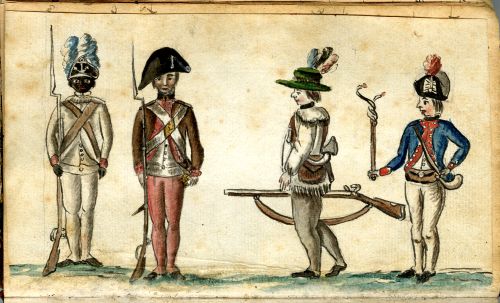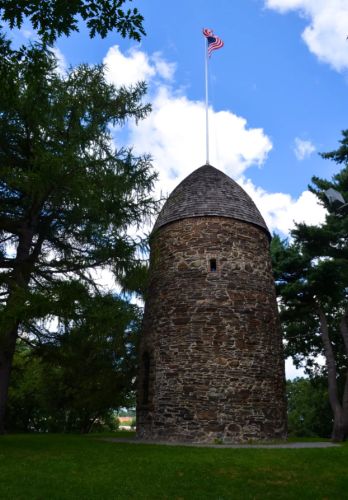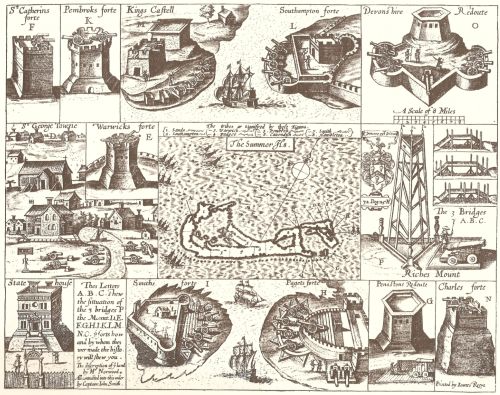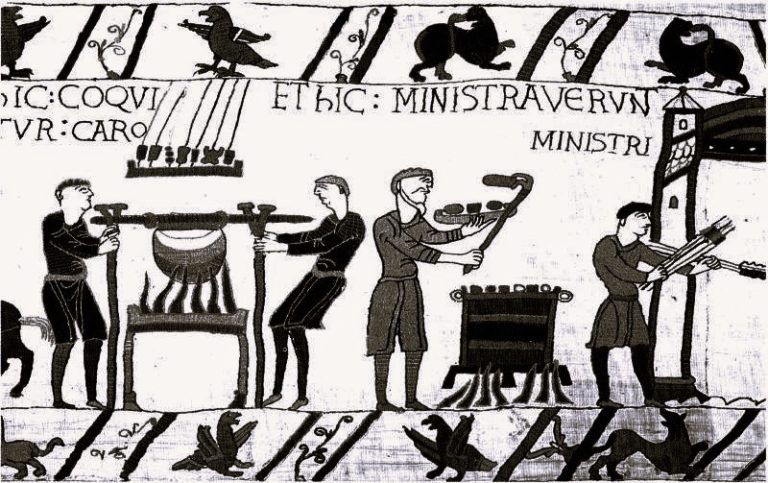

As long as there have been guns in America, there has been regulation of firearms.

By Dr. Saul Cornell
Paul and Diane Guenther Chair in American History
Fordham University

By Emma Cornell
Senior Clinical Research Manager
Center for Gun Violence Prevention
Northwell Health
Firearms violence in the United States has reached epidemic proportions, with more than 30,000 Americans dying as a result of gun violence each year.1 Proposals for more effective gun regulation inevitably trigger arguments that the Second Amendment poses limits on such policies and that reasonable regulations are infringements on Second Amendment rights. This view, however, does not have a solid foundation in either American history or law. As long as there have been guns in America, there has been regulation of firearms.
The settlers who migrated to America brought a variety of gun regulations with them. The individual colonies also supplemented these regulations with their own laws aimed at preserving the peace. Restrictions on the storage of gunpowder, prohibitions on armed travel in public, and the disarmament of those deemed potentially dangerous are all examples of regulations that have ancient roots in Anglo-American law.2 Two specific illustrations are 1715 Massachusetts Acts 311, An Act in Addition to an Act for Erecting of a Powder-house in Boston, an early example of a law regulating how gunpowder was stored, and An Act Against Wearing Swords, Etc., a New Jersey law prohibiting public carry of a variety of weapons. Both of these colonial laws demonstrate the robust power of the state to regulate weapons, including firearms, to promote public health and safety.

Another instance of the broad scope of state power to regulate arms dates to an even earlier period of Anglo-American law. Consider the restrictions imposed by the Statute of Northampton, a law enacted during the reign of King Edward III in the 14th century. It prohibited any individual from traveling armed in populous areas or coming before the king’s ministers with arms. Before the age of modern police forces, much of the day-to-day enforcement of law was community based and depended on justices of the peace who enjoyed broad powers to maintain public order and safety, including the power to detain, disarm, arrest, and imprison those who threatened the peace. Indeed, any member of the local community could approach a local justice of the peace and demand that an individual who posed a potential threat be forced to provide a peace bond, something akin to the types of bail bonds currently used when suspects in criminal prosecutions await trial.3
Although the Second Amendment is often invoked by both sides in the contemporary gun debate, each side tends to focus on only part of the amendment. The entire text reads as follows: “A well regulated Militia, being necessary to the security of a free State, the right of the people to keep and bear Arms, shall not be infringed”. The National Rifle Association and other gun rights groups are fond of quoting the latter part of the amendment, which affirms the right to keep and bear arms. Conversely, gun control supporters typically focus their attention on the part of the text asserting the necessity of a well-regulated militia. The portion of the amendment that is largely ignored in today’s debate is that linking both of these parts to “the security of a free State.”4
The framers and adopters of the Second Amendment certainly feared tyranny, but they also feared anarchy.5 In their view, there could be no liberty without regulation and the rule of law. This is a vital principle of America’s constitutional tradition. Indeed, in the decades after the adoption of the Second Amendment, levels of gun regulation in America increased as opposed to decreasing. Although each side in today’s great American gun debate claims to be the true heir of the founding generation and the Second Amendment, the historical truth is that both sides are actually products of a later period in American history.

Today’s gun rights and gun control movements are actually products of America’s first gun violence epidemic, a public health crisis that emerged decades after the adoption of the Second Amendment in the early 19th century. Rates of gun violence at the time of the Second Amendment were relatively low, and only a tiny fraction of Americans owned handguns. As is the case today, gun violence was largely a problem associated with the proliferation of handguns. Given this fact, it is hardly surprising that not until the development and marketing of cheap and reliable pistols, decades after the adoption of the Second Amendment, were the first modern gun control laws passed. These laws also triggered the first court cases testing the meaning of the right to keep and bear arms. Although most courts accepted the need for reasonable regulations, a few courts in the slave South embraced a more libertarian vision of the right to keep and bear arms.6
The two positions—gun rights and gun control, the opposing views that dominate modern debate over gun policies—have little to do with the original Second Amendment but are products of this later moment. Americans have been arguing over the meaning and scope of the right to keep and bears since the first gun violence epidemic. Then as now, most Americans accepted that the right to bear arms was perfectly consistent with a wide range of firearms regulations.7 Modern laws such as “extreme risk protection orders” that seek to remove firearms from those who demonstrate a threat to personal or public safety are thus part of a long legal history extending back more than five centuries, a venerable tradition that seeks to regulate liberty while securing public safety. Scouring the history of gun regulation, one could find many other examples of ancient precedents for robust regulation of firearms today.
Both gun rights advocates and champions of gun control need to understand that regulation of firearms is not a new development in American legal history but, rather, a tradition that predates the creation of America by centuries. Legislation designed to improve public safety and reduce firearm violence is fully consistent with the American legal tradition. The majority of Americans who seek and support reasonable regulation can reclaim this legacy.
Endnotes
- Centers for Disease Control and Prevention. Fatal injury reports: national, regional, and state, 1981–2016. Available at: https://webappa.cdc.gov/sasweb/ncipc/mortrate.html. Accessed May 2, 2018.
- Cornell S, DeDino N. A well regulated right: the early American origins of gun control. Available at: https://ir.lawnet.fordham.edu/cgi/viewcontent.cgi?article=4021&context=flr. Accessed May 2, 2018.
- Cornell S. The right to keep and carry arms in Anglo-American law: preserving liberty and keeping the peace. Available at: https://scholarship.law.duke.edu/cgi/viewcontent.cgi?article=4824&context=lcp. Accessed May 2, 2018.
- Cornell S. Gun anarchy and the unfree state. Available at: https://thebaffler.com/latest/gun-anarchy-and-the-unfree-state. Accessed May 2, 2018.
- Cornell S. Five types of gun laws the founding fathers loved. Available at: https://theconversation.com/five-types-of-gun-laws-the-founding-fathers-loved-85364. Accessed May 2, 2018.
- Ruben EM, Cornell S. Firearm regionalism and public carry: placing southern antebellum case law in context. Available at: https://www.yalelawjournal.org/pdf/Ruben-Cornell_PDF_jiipxsss.pdf. Accessed May 2, 2018.
- Cornell S. A Well-Regulated Militia: The Founding Fathers and the Origins of Gun Control in America. New York, NY: Oxford University Press; 2006. [Google Scholar]
Originally published by the American Journal of Public Health 108:7 (July 2018, 867-868), republished by the National Center for Biotechnology Information (NCBI), National Library of Medicine, to the public domain.


